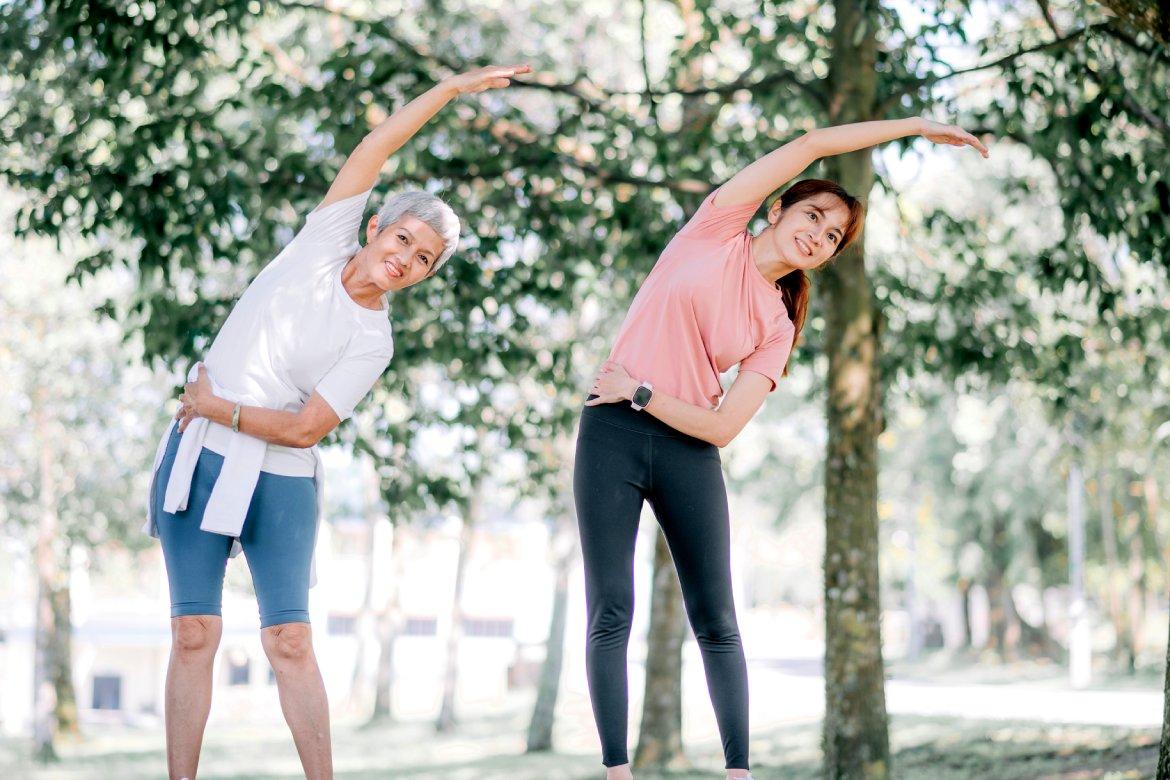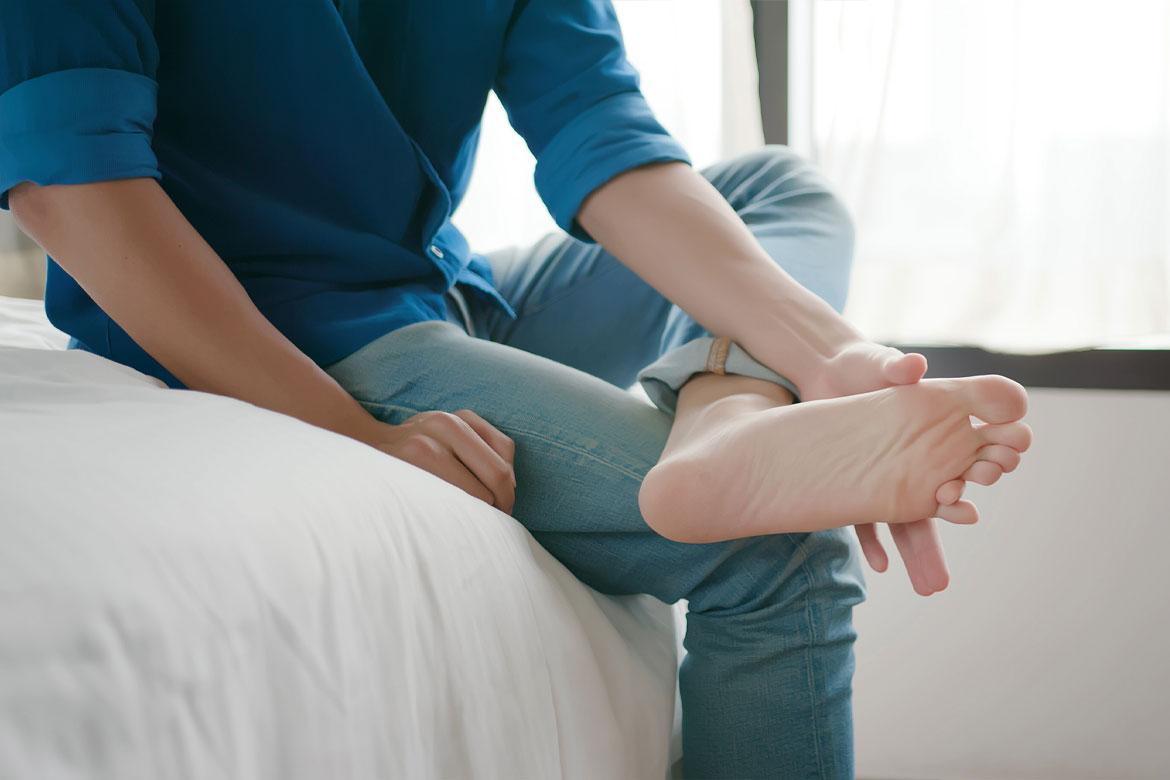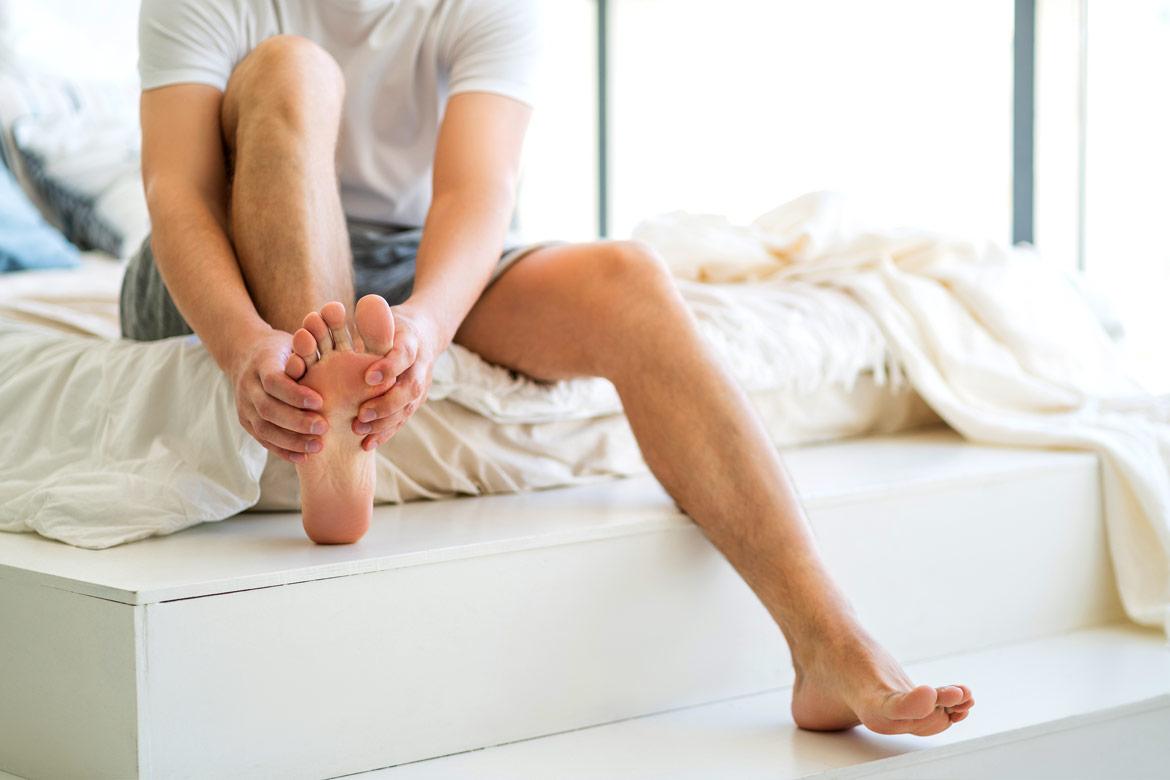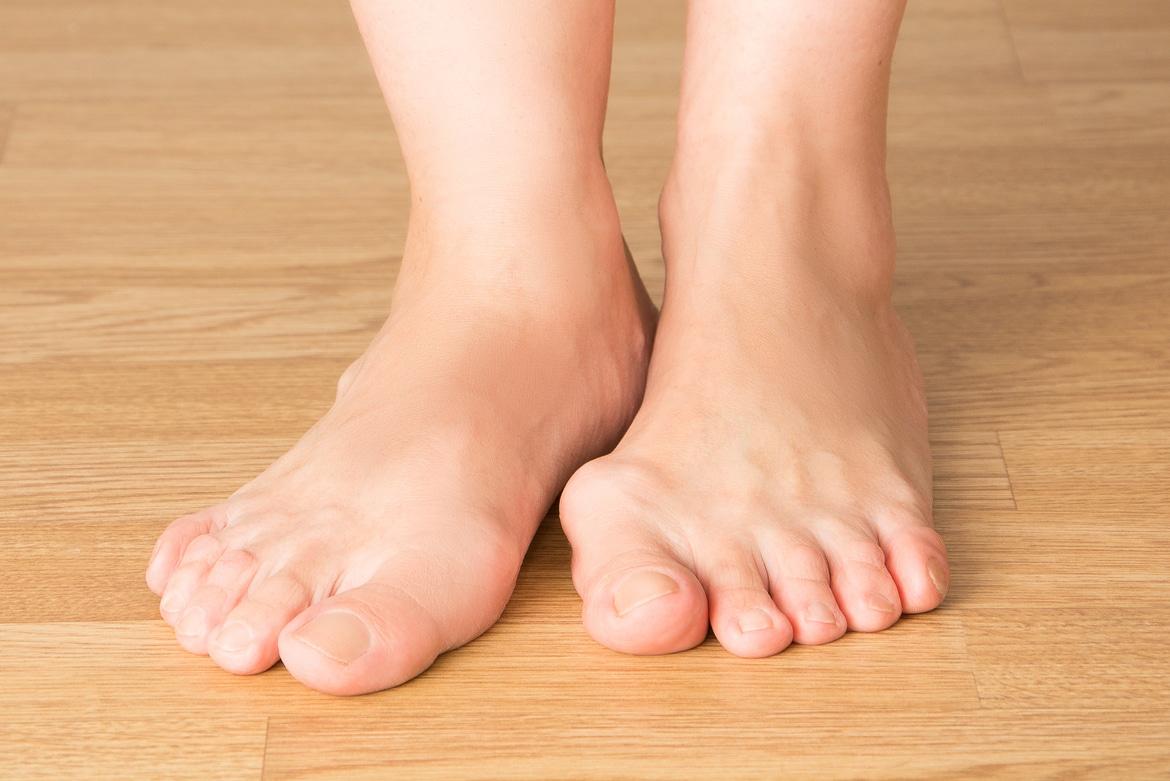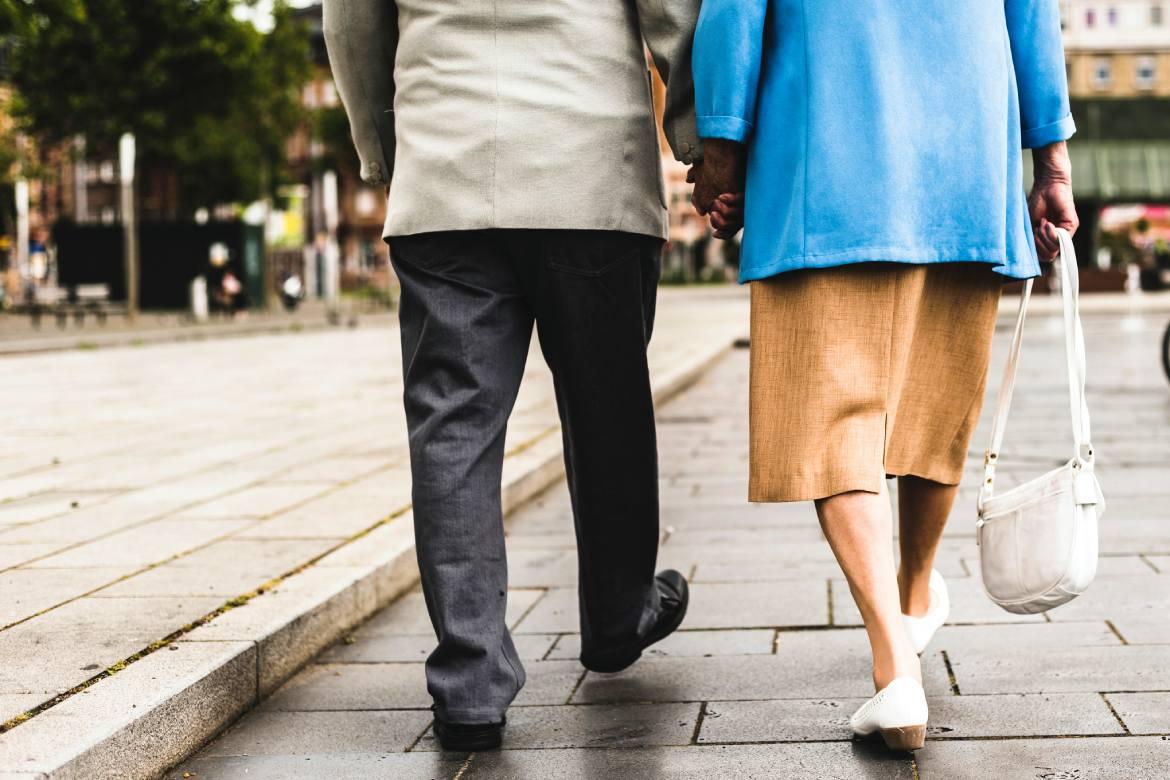-
-
Featured Care Areas

Bow Legs (Genu Varum)
What are bow legs?
Bow legs is a condition where the legs curve outward at the knees so that, when standing, the knees do not touch.
The appearance of bow legs is most obvious between the ages of 12 – 18 months and can occur in 1 or both knees. In most cases, bow legs go away by the time the child is 3 or 4 years old.
Bow legs are rarely serious and usually do not require treatment. as it does not cause pain or affect a child’s ability to crawl, walk or run.
When to seek medical treatment?
Treatment for bow legs is usually deferred if the child is below 2 years of age. However, if it appears to persist past the age of 3, it is best to see a paediatrician for advice on treatment options.
What are the symptoms of bow legs?
Usually, bow legs do not cause discomfort or pain in young children. However, if the condition does not correct itself, it can lead to symptoms such as:
- An obvious gap between the knees when standing with the feet together.
- A gap that persists or worsens past the age of 3.
- Knee or hip pain that is not related to an injury.
- Reduced range of motion in the hips.
- Difficulty walking or running.
- Instability in the knee.
What causes bow legs?
Bow legs in infants can be caused when a baby’s legs are slightly twisted in the tight confines of the womb.
Other causes of bow legs include:
- Blount’s disease: This condition causes abnormal development of the shins and shin curves below the knees. Once the child starts walking, the disease worsens the bow legs. Over time, the condition may lead to knee joint problems as well.
- Bone dysplasia: This is a general term for many conditions that affect bone and cartilage growth, leading to abnormalities in bone size or shape.
- Dwarfism: The most common form of dwarfism is caused by a condition known as achondroplasia, which is a bone growth disorder that can lead to bow legs.
- Infection or injury: Prior infection, injury or a poorly healed bone fracture may prevent normal growth and development of the leg bones.
- Paget’s disease: Paget’s disease is a metabolic disease common in older people. It affects the way bones break down and rebuild. This causes the rebuilt bones to be weaker than usual, which can cause the legs to become bowed.
- Rickets: This is a disease caused by prolonged deficiency of vitamin D, which is essential for the healthy growth and development of bones. This condition causes the bones to become soft and weak, causing the legs to bow.
What are the risk factors for bow legs?
The following risk factors can contribute to the development of bow legs.
- Childhood obesity can place excessive weight or pressure on the joints, contributing to Blount’s disease and arthritis, among other conditions.
- Walking at an early age (before 11 months) can increase the risk for Blount’s disease and thus, bow legs.
- Having a family member who had bow legs may indicate a genetic tendency for bow legs, including degenerative conditions such as osteoarthritis.
What are the complications of bow legs?
Complications of untreated bow legs include:
- Difficulty walking and running
- Deformities, such as a difference in leg lengths if only one leg is bowed
- Higher risk of arthritis later in life
- Knee instability
- Knee damage
Complications occasionally seen after surgery for bow legs include:
- Compartment syndrome (increased pressure in a muscle compartment)
- Recurrence of deformity
- Growth disturbance
- Infection
How do you prevent bow legs?
There is no known way to prevent bow legs. However, it may be possible to reduce your risk by:
- Ensuring sufficient intake of vitamin D and safe exposure to sunlight. This can help to prevent rickets.
- Maintaining a healthy body weight to prevent unnecessary pressure on the knees.
- Ensuring proper techniques while lifting to prevent injury to the knee joint.
- Strengthening the muscles that stabilise the knees.
This page has been reviewed by our medical content reviewers.
Need help?
For enquiries, please call
+65 6575 7575
For appointment bookings, please WhatsApp
+65 8111 9777

